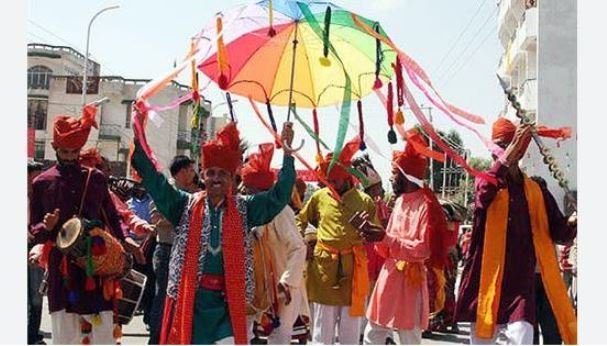Jammu and Kashmir region has long been a meeting point of various civilizations, each contributing to a rich tapestry of traditions, languages, arts, and crafts. The cultural heritage of Jammu and Kashmir is not just a collection of artifacts and practices; it is the very essence of the region’s identity, reflecting the deep historical roots and collective memory of its people. However, this heritage is increasingly under threat as the pressures of modernization, globalization, and socio-political challenges continue to mount. The need for cultural preservation in Jammu and Kashmir is more urgent than ever, not only to safeguard its unique identity but also to harness its potential for economic development and social cohesion.
The cultural heritage of Jammu and Kashmir is diverse and multifaceted, encompassing everything from traditional crafts like Pashmina weaving and wood carving to oral traditions such as storytelling, folk music, and dance. These cultural expressions are not merely relics of the past; they are living traditions that continue to shape the region’s social fabric. For centuries, the people of Jammu and Kashmir have passed down these traditions from one generation to the next, preserving their skills, values, and beliefs in the process. However, the forces of modernization and globalization have introduced new challenges to this delicate balance. As the region becomes more integrated into the global economy, traditional practices risk being overshadowed by modern technologies and lifestyles, particularly among the younger generation. The region’s traditional crafts and cultural practices offer significant opportunities for economic development, particularly through tourism and the promotion of local industries. Tourism, in particular, stands out as a sector with immense promise. Visitors from around the world are drawn to Jammu and Kashmir not only for its natural beauty but also for its rich cultural experiences. However, to fully realize this potential, there must be an active effort to preserve and promote the region’s cultural heritage. This involves not only the physical preservation of historical sites and monuments but also the promotion of traditional arts, crafts, and festivals. By showcasing the region’s cultural heritage, Jammu and Kashmir can attract tourists who are interested in experiencing its unique traditions, thereby generating income and creating jobs for local communities. Another important aspect of cultural preservation in Jammu and Kashmir is the integration of traditional knowledge and practices into modern industries. The region’s traditional knowledge of medicinal plants and herbal remedies, for example, holds significant potential for the pharmaceutical and wellness industries. Similarly, the unique architectural styles and construction techniques of the region can be incorporated into sustainable building practices. By leveraging traditional knowledge and practices in modern industries, Jammu and Kashmir can create innovative products and services that are rooted in the region’s cultural heritage. This not only adds value to the region’s economy but also ensures that traditional knowledge is preserved and passed down to future generations. Moreover, Jammu and Kashmir is home to a variety of languages, each of which carries with it a wealth of traditional knowledge, folklore, and oral literature. However, many of these languages are under threat due to the dominance of more widely spoken languages and the lack of institutional support for their preservation and promotion. Efforts to preserve and promote regional languages can take various forms, such as the inclusion of these languages in education, media, and public life. Additionally, documenting and recording oral traditions in these languages can help to preserve them for future generations. By valuing and promoting linguistic diversity, the region can create a more inclusive society where all communities have a voice.
Cultural preservation is not only a matter of cultural significance but also of economic and social importance, offering immense potential for enhancing economic opportunities, fostering social cohesion, and ensuring the long-term sustainability of the region’s unique cultural identity.




